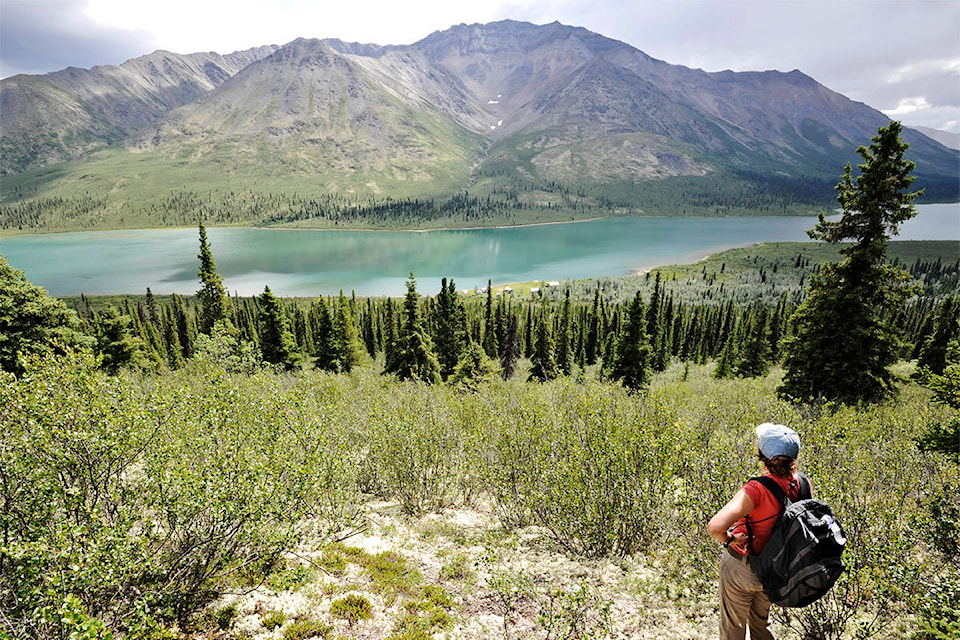If you came across a, say, dilapidated wooden cabin, or a suspiciously thin, bevelled rock while you were out in the bush, would you know what to do?
If your answer is no, an event at Whitehorse’s Beringia Interpretive Centre the night of April 17 is hoping to offer you, and your fellow outdoor enthusiasts, some guidance.
Entitled “Archeology for Yukon hunters and hikers,” the evening lecture by Yukon government archeologist Christian Thomas will walk attendees through what action to take if they do stumble across an object or site of archeological significance in the wilderness, along with some examples of important finds in the territory.
The lecture is part of a series of wilderness-focused lectures hosted by the Hunter Education and Ethics Program, the Yukon Outfitters Association and the Yukon Fish and Game Association.
“It’s a great topic for hunters because hunters tend to go to places that most people wouldn’t go,” hunter education and outreach officer Jim Welsh, who runs the hunter education program, said in an interview April 16. “They go to places with no trails or remote spots looking for game, so it’s a bunch of people on the land that can be used to contribute to this situation.”
Thomas agreed.
“Our program has four archeologists, so when we know that there’s hundreds and thousands of people out there — Yukoners are very good at getting out on the landscape — that really helps us,” he said.
Most people would probably be “shocked” by the number of archeological sites located in the territory, Thomas said — 4,500 documented ones so far, spanning at least 14,000 years.
“Most of that history is a First Nation history and they’re very gregarious people that move from place to place with the seasons, so there’s archeological sites everywhere,” he said.
That means that it’s not particularly unusual for a layperson to come across something of historical significance. One of the most famous examples, and a story Thomas will cover in his talk, is a hunter in the Carcross area who, in 1997, discovered a small fragment of a stick with sinew on it.
The hunter reported the discovery; it was in the Yukon ice patches, which fall within the traditional territory of Carcross/Tagish First Nation and where dozens more objects of both archeological and cultural significance have since been found.
More recently, Thomas said, there were a number of discoveries last summer: someone walking a dog in Takhini North found an archeological site, a construction crew found a cache of gold rush-era coins and hikers in Tombstone Territorial Park found an ancient arrowpoint.
If you happen to find yourself in their shoes this season, Thomas said the steps are simple: take note of where you are, and alert either the Yukon government archeology program or the First Nation whose traditional territory you’re on.
“All modern cell phones have GPSs in (them), so you can just simply take a picture of what you found, you can take a picture all around what you found, and that picture will tell us exactly where you are,” Thomas suggested, adding that objects only should be moved if they’re in danger of, for example, being stolen or swept away in a river.
“You don’t have to pick it up, even, so you can leave it right there on the ground because quite often, the most important things about the heritage object is the place where it was found,” he said. “ … A lot of the time, people find something and all they really have to do is take a picture and that’s all the information we need.”
“Archeology for Yukon hunters and hikers” is taking place at the Beringia Interpretive Centre April 17. Doors open at 6:30 p.m., with the talk expected to begin around 7 p.m. The event is free and all are welcome to attend.
Contact Jackie Hong at jackie.hong@yukon-news.com
